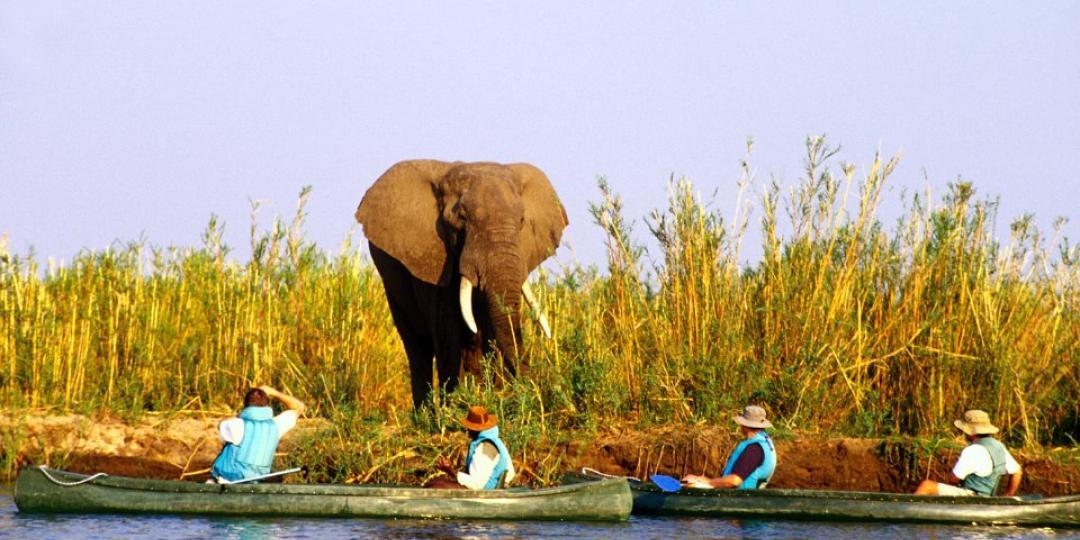Conservationists and the tourism sector breathed a sigh of relief after the Zambian government ordered mining company Mwembeshi Resources Ltd to immediately halt all activities on the US$494 million copper project it is developing in the Lower Zambezi National Park.
But this relief could be short-lived as the company is already exploring ways to resume operations in the area.
Precedent set?
The Zambian government gave this controversial copper mining project the go-ahead in June 2021 – giving rise to fears that this could set an important precedent for future developments in protected areas.
Already another mining company, Zimbabwean-owned Shalom Mining Company had applied for a licence for oil and gas exploration within the boundaries of Mana Pools – a designated World Heritage Site recognised by the United Nations Educational, Scientific and Cultural Organisation – on the opposite side of the Zambezi River.
By May 2022, bulldozers moved into the protected sanctuary and famous tourist attraction and began excavating.
However, on May 31, the Zambia Environmental Management Agency (ZEMA) served the company with a compliance order to stop mining-related activities and the construction of roads and buildings at the project
Zambia’s Minister of Green Economy and Environment, Collins Nzovu said in a press statement the company had violated several environmental conditions pertaining to the Kangaluwi copper mine.
He did not elaborate on how long the ban would remain in place, but news agency Reuters cited Mwembeshi Resources spokesperson Oliver Shalala as saying the company would meet with the environmental agency to discuss the compliance requirements.
"We anticipate resumption of operations as soon as possible," Shalala was quoted by Reuters as saying. "We are a company that respects the law and the government, and we should be able to meet the benchmarks the government and ZEMA want."
Conservationists’ concerns
Several tourism and conservation industry stakeholders, including Conservation Advocates Zambia (CAZ) have warned that mining threatens wildlife in the park, including elephants, and will hurt a flourishing tourism industry that draws visitors from around the world.
Country Director of World Wildlife Fund Zambia, Nachilala Nkombo, pointed out that in 2019 (pre-COVID) the Lower Zambezi National Park was one of four national parks that generated up to 96% of Zambia’s non-consumptive wildlife tourism revenues.
“Although the mine is expected to cover about 980 square kilometres – which is about 25% of the park – it is estimated that more than 50% of the national park will be lost, the entire northern part of the park.”
Watch this video from the Save Zambezi Safe Zambezi Facebook page on the full environmental impact the project could have if it continues.























